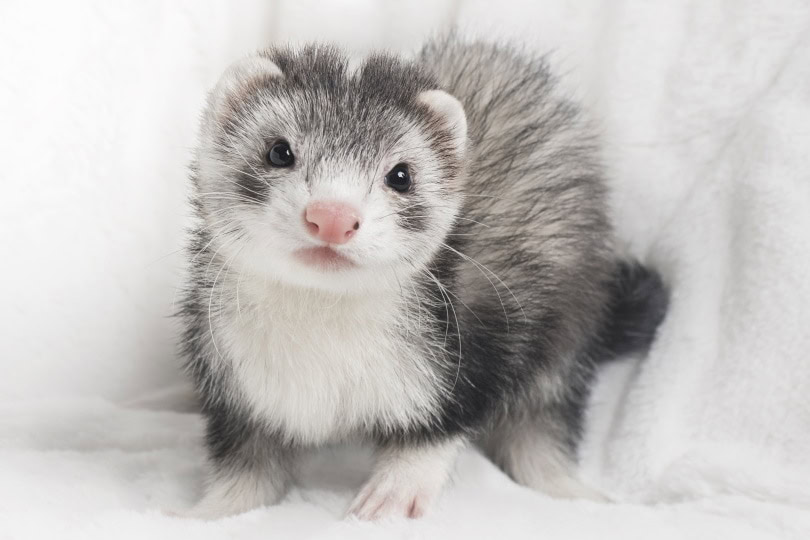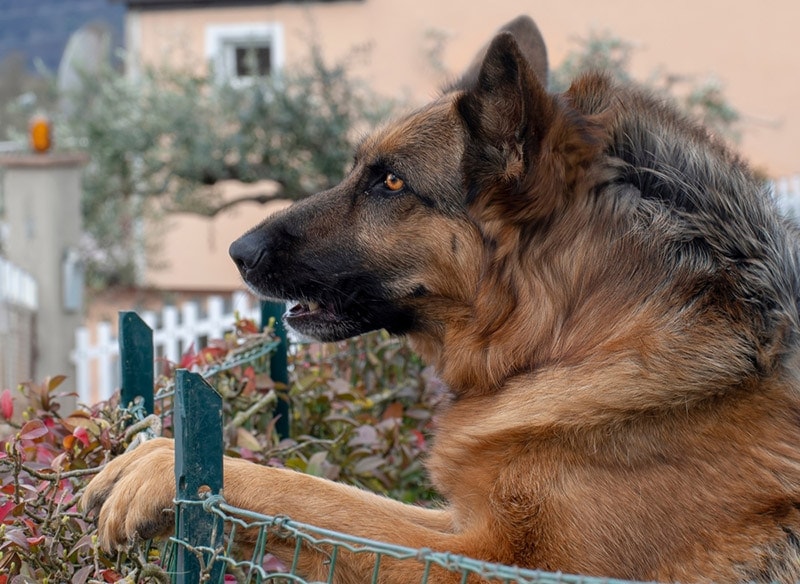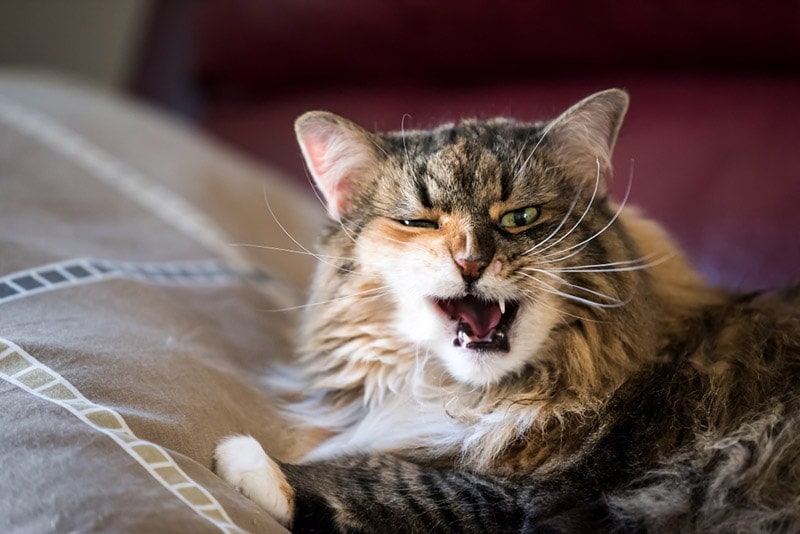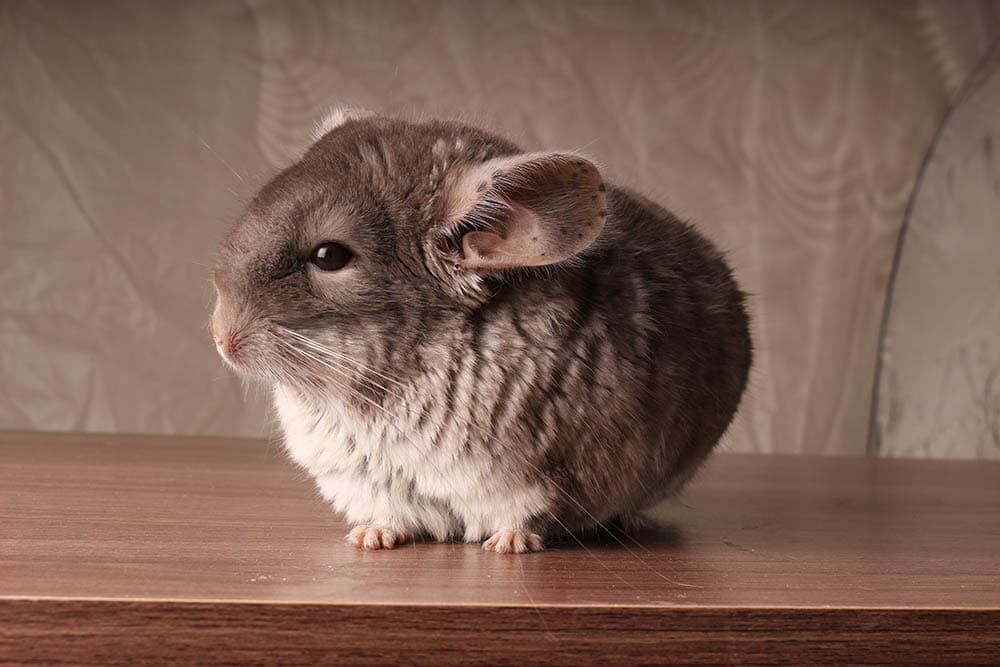VET APPROVED

The information is current and up-to-date in accordance with the latest veterinarian research.
Learn more »Understanding your ferret’s body language is vital to creating a strong bond with them. Like any other animal, ferrets have unique ways of expressing their feelings and intentions. In this article, we’ll examine the various behavioral signals exhibited by ferrets.

The 10 Ferret Behaviours to Understand
1. Playful Behaviors
Ferrets are known for their energetic and playful nature. Recognizing their playful behaviors can help you engage with them better.
The Weasel War Dance
One of the most distinctive ferret behaviors is the “Weasel War Dance.” This involves a series of hops, leaps, sideways jumps, and even running into nearby objects. Despite its aggressive name, this behavior indicates happiness and a desire for play. It’s an invitation to join in on their fun!
Curiosity-Driven Exploration
Ferrets are incredibly curious creatures and love to investigate their surroundings. They often explore every nook and cranny of their environment, squeezing into small spaces and even stealing and hiding interesting items. This behavior is a sign of their natural curiosity and should be encouraged, albeit safely.
Toy Interaction
Ferrets find joy in playing with toys. They can spend hours tossing, rolling, and hiding their toys. This not only keeps them entertained but also provides crucial mental stimulation.
2. Social Interactions
Ferrets are social animals that enjoy interacting with their human caregivers and fellow ferrets.
Bonding and Affection
Ferrets form deep bonds with their caregivers and fellow ferrets. They express this affection by cuddling, licking, or nuzzling against their loved ones, especially during rest periods. If your ferret is showing these behaviors, it’s a sign they trust and feel comfortable with you.
Group Play
Ferrets enjoy group play, which can involve mock fighting, chasing each other, and wrestling. While it may seem rough at times, it’s usually harmless fun. However, always watch out for signs of actual aggression or distress.
Grooming Each Other
Ferrets often groom each other as a sign of social bonding. This behavior promotes group harmony and is a positive sign of their social health.
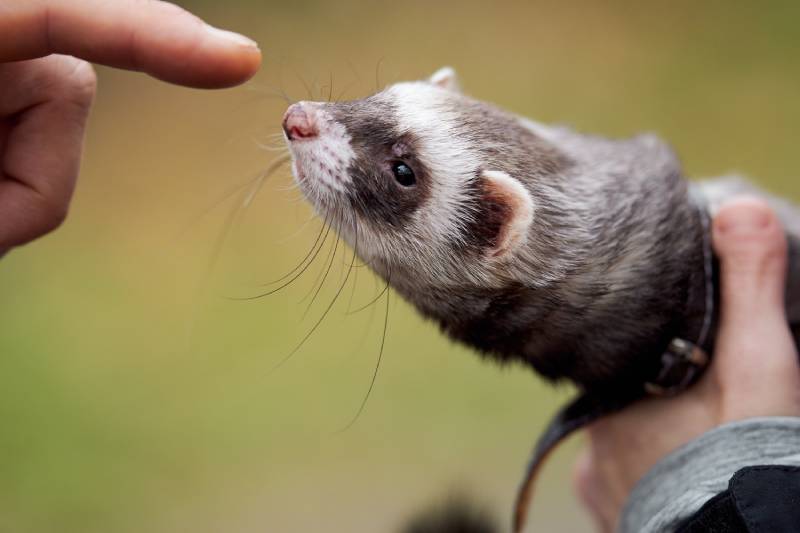
3. Vocalizations
Ferrets are not the most vocal of pets, but they make a range of sounds to communicate their feelings:
- Dooking: Ferrets make this chattering or clucking sound when they’re excited or happy, usually during playtime.
- Hissing: Ferrets hiss when they’re annoyed or feel threatened. If your ferret hisses, it’s best to give them some space.
- Squealing: A high-pitched squeal usually indicates fear or pain. If your ferret squeals, it’s essential to check if they’re hurt or in distress.
4. Body Language and Behaviors
Ferrets use their bodies to express various emotions and intentions:
- Tail Puffing: When a ferret’s tail puffs up like a bottle brush, it’s a sign that they’re excited or scared.
- Arching the Back and Baring Teeth: This is a defensive posture that ferrets adopt when they feel threatened.
- Licking and Nuzzling: These are signs of affection. Your ferret may lick or nuzzle you when they’re feeling content and comfortable.
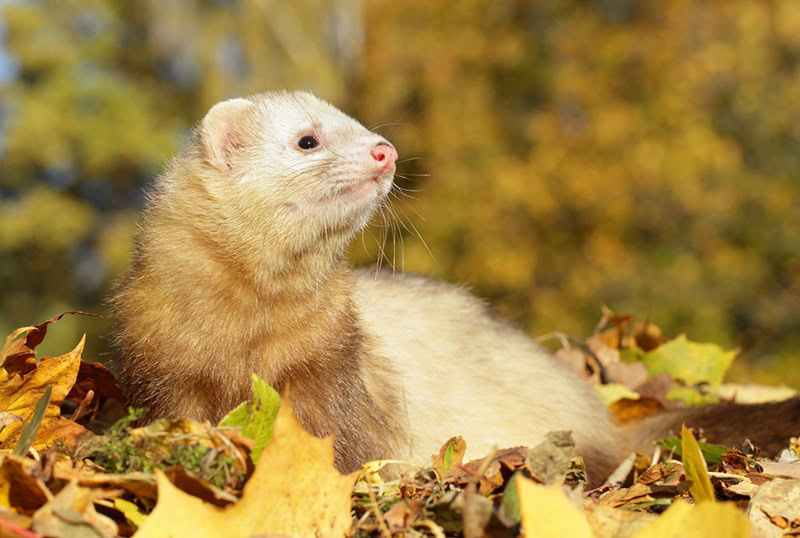
5. Scents
Ferrets have a strong sense of smell and use scents to communicate:
- Scent Marking: Ferrets have scent glands in their skin and rub against people or objects to mark them as “theirs.”
- Musky Odor: When excited, scared, or threatened, ferrets can release a musky odor from their anal glands.
6. Rest and Sleep Patterns
Understanding your ferret’s sleep patterns can provide insights into their health and well-being. Ferrets have unique sleep habits that set them apart from many other pets:
Long Sleep Hours
Ferrets are known to sleep for long periods, typically ranging from 14–18 hours a day. This sleep is usually spread throughout the day and night, with periods of activity in between.
Crepuscular Activity
Ferrets are crepuscular animals, which means they are most active during dawn and dusk. During these times, they often play, explore, and eat.
Sleep Grouping
In a multi-ferret household, you’ll often find ferrets huddled together during their sleep periods. This behavior provides warmth and companionship and is a sign of a strong social bond.

7. Mating Behaviors
Male and female ferrets display distinctive mating behaviors:
- Scent Marking: During the breeding season, males often rub their scent glands on objects or people to mark their territory. This behavior is particularly prominent in the presence of a female.
- Female Receptivity: Ferrets are seasonal breeders, and mating occurs as the days get longer. In the Northern Hemisphere, this is around March to September. This period is marked by increased vocalizations and playfulness.
- Fighting: Male ferrets are known to fight for the attention of a female, usually involving vocalizations and mock fighting.
8. Distress Behaviors
Ferrets exhibit these behaviors when in distress or discomfort:
- Drooling: Excessive drooling can be a sign of heatstroke, often accompanied by panting and lack of activity.
- Pacing: When anxious or overwhelmed, ferrets may pace back and forth. This could be a sign of stress or discomfort.
- Yowling: A yowl-like vocalization from a ferret is a cry for help and could indicate a medical issue, such as an injury or illness.
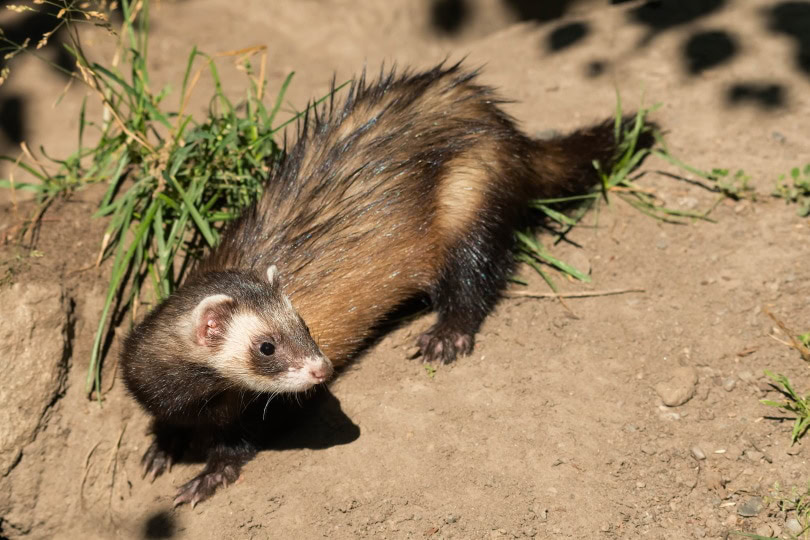
9. Joyful Reactions
Ferrets also display specific behaviors when feeling content or joyful:
- Whirling: Also known as the “weasel war dance,” this behavior involves a series of frenzied hops and bumps, which indicate happiness and a desire to play.
- Bouncing: When excited or experiencing joy, ferrets may jump up and down on their hind legs. This is a sign of a happy and engaged ferret.
- Vibrating: Sometimes, a ferret may vibrate or tremble slightly when they’re extremely happy and content. This is a subtle sign of joy and satisfaction.
10. Training and Learning Abilities
Ferrets are intelligent animals capable of learning and being trained:
Litter Training
With patience and consistency, ferrets can be trained to use a litter box. They often prefer to use the same spot each time, which can make the process easier.
Name Recognition
Many ferrets can learn to recognize their name and may respond by looking toward the source of the sound. This can be a valuable tool in training and bonding.
Trick Training
Some ferrets can even be trained to perform simple tricks like rolling over or fetching using positive reinforcement techniques. This stimulates their mind and provides a fun interaction for the pet and owner.
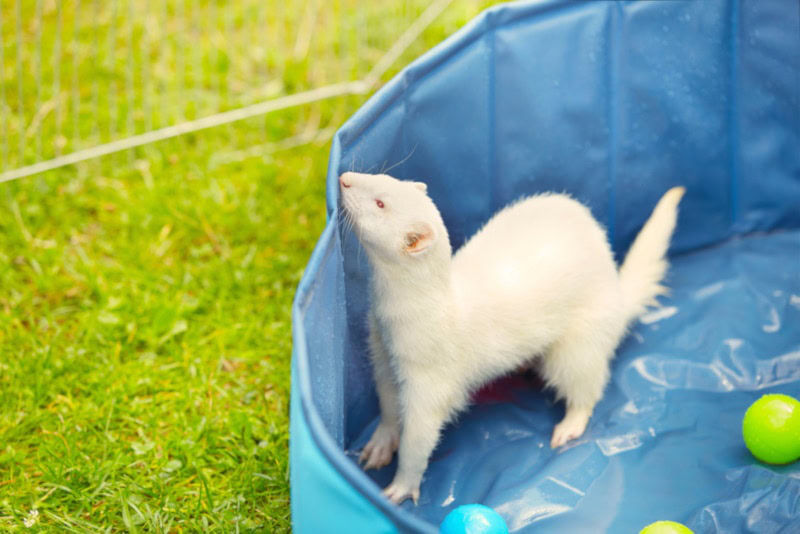

Additional Signs Your Ferret is Sick or Distressed
- Unusual Aggression or Fear: It may be a sign of distress if your typically playful ferret suddenly becomes aggressive or overly fearful.
- Loss of Appetite: A distressed ferret may exhibit a decreased appetite or stop eating altogether.
- Changes in Bathroom Habits: Changes such as urinating or defecating more frequently than usual or in unusual places can be signs of distress.
- Excessive Scratching: While some scratching is normal, excessive scratching can indicate distress, possibly due to fleas, mites, or skin conditions.
- Lethargy: If your ordinarily active ferret sleeps more than usual or seems to lack energy, they could be sick.
- Physical Changes: Signs of distress can also be physical, such as sudden weight loss, fur loss, or the presence of lumps or swellings.
- Unusual Vocalizations: Increased vocalizations, especially sounds like hissing or screeching, can indicate that your ferret is in distress.
- Behavioral Changes: If your ferret starts behaving unusually, such as hiding more often, it may be a sign that something is wrong.
- Difficulty Breathing: Panting, wheezing, or other breathing difficulties can indicate distress and require immediate veterinary attention.
- Vomiting or Diarrhea: These can be signs of many health issues and should not be ignored. If your ferret exhibits either of these symptoms, they are likely sick and need to see a vet.
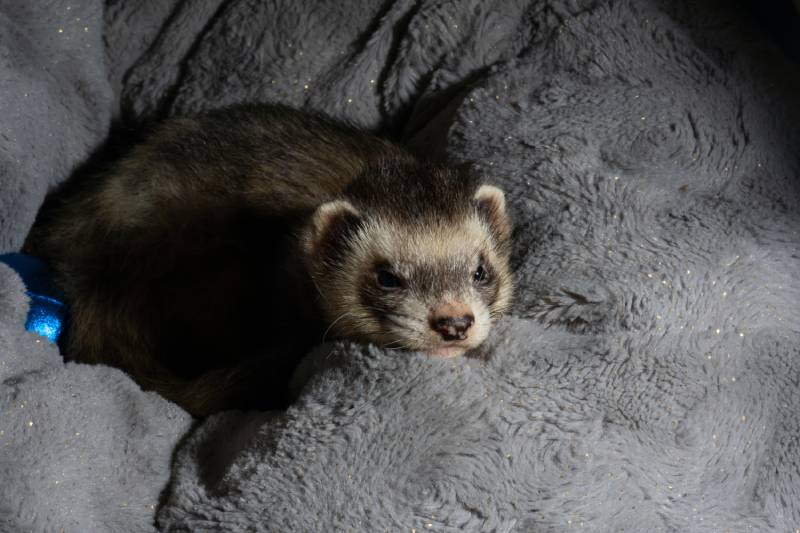

Other FAQs About Ferrets
What Is the Average Lifespan of a Ferret?
Ferrets typically live between 6 to 10 years, though some may live longer with optimal care.
Can I Have Just One Ferret, or Do They Need Companions?
While ferrets can live alone, they are social animals and often enjoy the company of other ferrets.
Do Ferrets Get Along With Other Pets?
Ferrets can get along with other pets like cats and dogs, but introductions should be supervised as they have a different play style.
What Kind of Diet Does a Ferret Require?
Ferrets are obligate carnivores, so their diet should primarily consist of meat. They require high protein and moderate fat content in their meals.
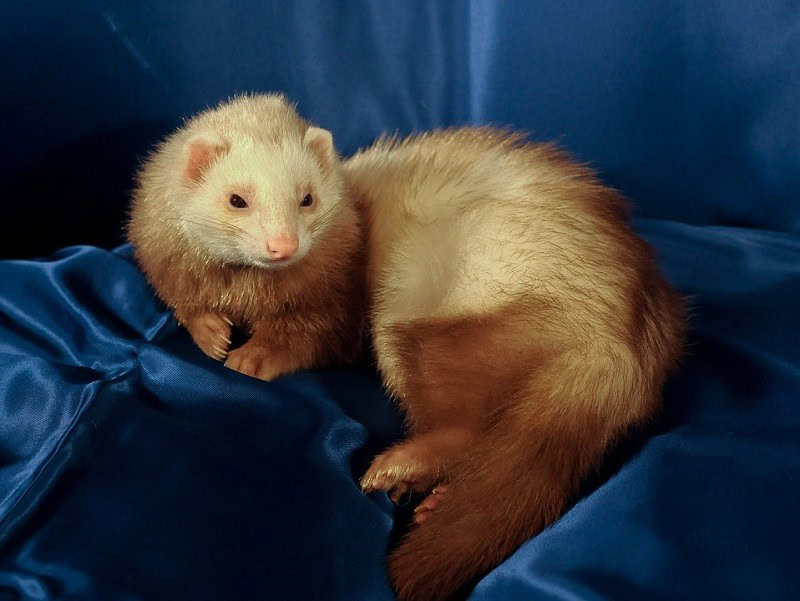

Conclusion
Ferrets are fascinating creatures with a rich repertoire of behaviors. From their playful antics and social interactions to their unique sleep patterns and learning abilities, understanding these behaviors is critical to forming a solid bond with your pet. Whether it’s decoding their vocalizations, responding appropriately to mating behaviors, or recognizing signs of distress, being attuned to your ferret’s behavioral cues is the way to ensure they’re thriving.
Featured Image Credit: Stephanie’screativeImages, Shutterstock
Contents
- The 10 Ferret Behaviours to Understand
- 1. Playful Behaviors
- 2. Social Interactions
- 3. Vocalizations
- 4. Body Language and Behaviors
- 5. Scents
- 6. Rest and Sleep Patterns
- 7. Mating Behaviors
- 8. Distress Behaviors
- 9. Joyful Reactions
- 10. Training and Learning Abilities
- Additional Signs Your Ferret is Sick or Distressed
- Other FAQs About Ferrets
- What Is the Average Lifespan of a Ferret?
- Can I Have Just One Ferret, or Do They Need Companions?
- Do Ferrets Get Along With Other Pets?
- What Kind of Diet Does a Ferret Require?
- Conclusion
